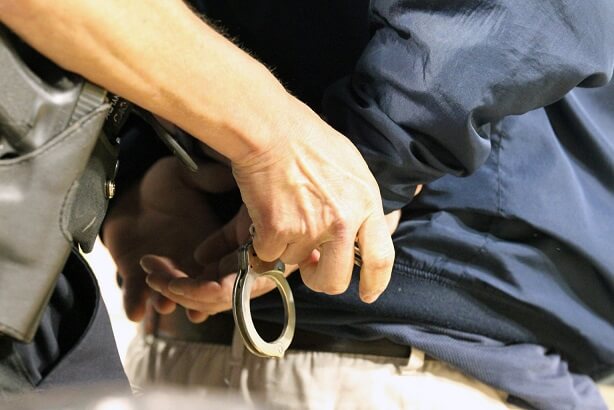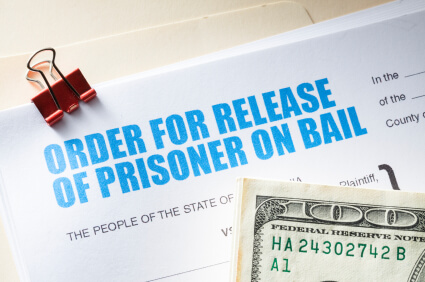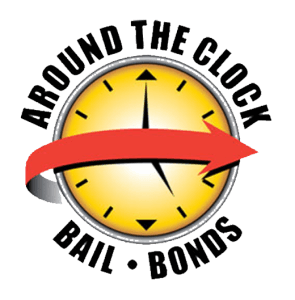Incarceration And Alternative Sentencing
The response to crime in the United States for many years has been to put all criminal offenders behind bars. This has proven to be an expensive approach with mixed results. There are more people in American prisons than in any other industrialized nation. It is estimated that one out of every hundred Americans is currently in prison. According to a study done by the National Institute of Justice (NIJ), the number of prisoners has started to go down. Even with this trend, the desire to find ways to decrease the prison population in the United States continues.
Recidivism
The goal of incarceration is for a person to not return to prison. Recidivism rates or the number of convicted offenders returning to prison is high. It has been estimated that over 75 percent of individuals released from prison are rearrested. Approximately 50 percent are rearrested within one year after leaving the prison system. This includes over 70 percent of violent offenders. A number of programs have been attempted to decrease these numbers. An approach called risk-need-responsivity (RNR) has shown some promise. This is a tool designed to accurately assess an individual and get them in the correct program. There is a focus on learning social skills. This could involve everything from anger management to correcting antisocial attitudes. A study conducted by The Justice Center for Research (JCR), located at Pennsylvania State University examined recidivism programs and their results. The study showed alternate incarceration programs provide success. It also showed that the desire to change remains with an individual and their choice to transform themselves.
Incarceration Alternatives
The overcrowding of prisons is making states consider ways to avoid the incarceration of criminal offenders. This is often referred to as alternative sentencing. Community service is common for minor offenses. A person who is sentenced could be required to work at a number of different organizations in the jurisdiction where they were convicted. This work could involve everything from doing public clean up work to helping in shelters and more. Home detention is another alternative to a person being incarcerated. The person convicted of a crime is monitored with an electronic device they will be required to wear. They can still go to work, church and more. With private jail, the convicts are able to serve their sentence at a jail on weekends. They check in on Friday and are released on Sunday.
Qualifying
Not every individual convicted of a crime is eligible for alternative sentencing. Eligibility will vary depending on the conviction and jurisdiction. In some cases, committing a crime with a mandatory sentence disqualifies a person. There may be issues of drug abuse or serious mental illness. A low score on an assessment test can also disqualify a person. An experienced attorney will know when their client has a good chance at receiving alternate sentencing.
Effectiveness of Alternate Sentencing
Studies have shown that home detention with an electronic device has led to a decrease in recidivism. It is used on individuals who are non-violent offenders and who have not committed a serious crime. Some argue this is not a deterrent but a result of it being used with low-risk individuals. Others argue not exposing such an individual to the prison system also influences its success. Alternate sentencing is a cost effective method of punishment. The prison system will not have to provide clothing, housing or food for an offender. This means the total spending for each person convicted of a crime decreases dramatically.










